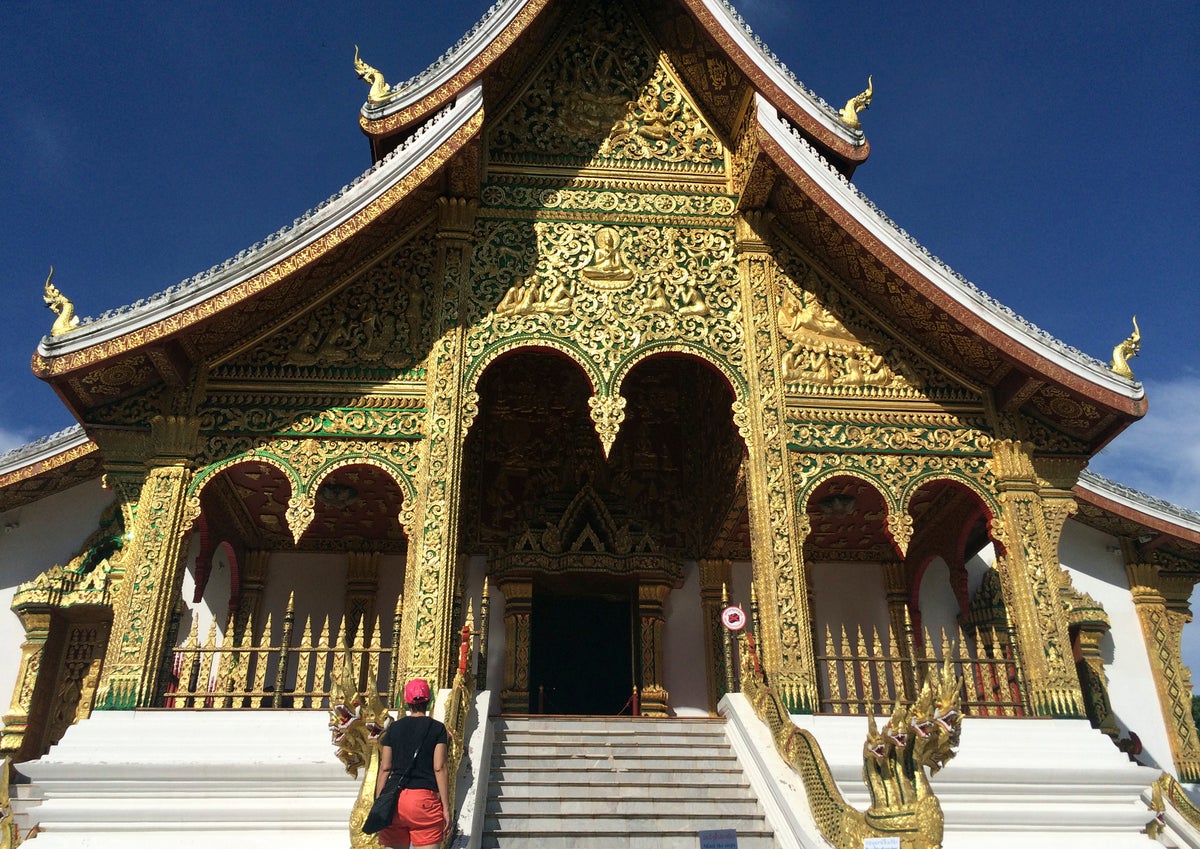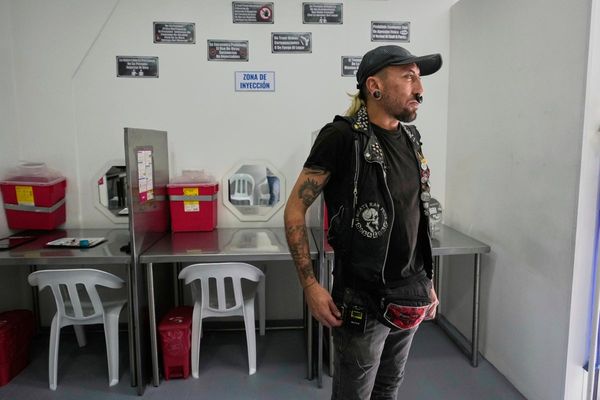
Support truly
independent journalism
The United Nations' cultural agency recommended Thursday that Laos invite a monitoring mission to the historic city of Luang Prabang, a World Heritage Site where a nearby dam project on the Mekong River has raised concerns it could lose the coveted status.
While the World Heritage Committee welcomed Laos' efforts to improve data collection on the possible effect of the dam and mitigate any harm to the UNESCO site, it recommended the country invite a new team of experts to assess the state of conservation first-hand.
Laos seemed agreeable to the idea, with its delegate telling the group at its annual meeting in New Delhi that authorities were prepared to work “hand in hand” with UNESCO to preserve the site.
The city, where legend has it that Buddha once rested during his travels, was inscribed on the UNESCO list in 1995 for its unique mix of historic Laotian and French colonial architecture on a peninsula at the confluence of the Mekong and the Nam Khan rivers.
The multibillion-dollar dam being built some 25 kilometers (15 miles) upstream, and its changes to the flow of the Mekong, has raised concerns about the effect on protected wetlands and the city's riverbanks.
The dam is also being built near an active fault line. Although design studies have concluded it could withstand an earthquake, many local residents are worried about what would happen if it should collapse and unleash a wall of water.
UNESCO also has concerns about the protection of historic buildings, unrelated to the dam's construction.
In a similar move, the Committee recommended that Cambodia invite a new team of experts to monitor the situation at the Angkor UNESCO site, one of the largest archaeological sites in the world, where authorities' efforts to relocate people has drawn allegations of human rights abuses from Amnesty International and others.
The decision, which UNESCO said was adopted Wednesday without discussion, was criticized as too little by Save Cambodia, a human rights group based in the United States.
The monitoring mission is a welcome small step forward, but falls “far short” of what is needed to address the core issue, said Morton Sklar, the group's legal counsel.
“That core issue is that the Angkor Wat Heritage Site Agreement is violated whenever dislocations of long-term residents from the traditional villages take place," he said in an email. “UNESCO is complicit in these violations by failing to take effective actions to prevent and remedy the prohibited evictions.”
“Ending the prohibited evictions, and returning those evicted to their homes, must take place for the terms of the Heritage Site Agreement to be met," he added.
Cambodian authorities did not respond to requests for comment.
The Angkor site is spread across some 400 square kilometers (155 square miles) in northwestern Cambodia. It contains the ruins of Khmer Empire capitals from the 9th to 15th centuries, including the temple of Angkor Wat.
When it was inscribed as a World Heritage Site in 1992, it was named a “living heritage site” whose local population observed ancestral traditions and cultural practices that have disappeared elsewhere.
Still, UNESCO at the time noted that Angkor was under “dual pressures” from some 100,000 inhabitants in 112 historic settlements who “constantly try to expand their dwelling areas,” and from encroachment from the nearby town of Siem Reap.
Cambodia’s answer was a plan to entice the 10,000 families illegally squatting in the area to resettle at Run Ta Ek and another site, as well as to encourage some from the 112 historic settlements to relocate as their families grow in size.
Cambodia began moving people to Run Ta Ek in 2022, giving those who volunteered to leave their homes in the Angkor area plots of land, a two-month supply of canned food and rice, a tarp and 30 sheets of corrugated metal to use to build a home.
In a November report, Amnesty questioned how voluntary the relocations actually were, saying many people they interviewed were threatened or coerced into moving and that the relocations were more “forced evictions in disguise.”
In the decision adopted by the World Heritage Committee, members expressed “concern about third-party reports concerning possible forced population displacements” — which Amnesty said was not enough.
“The decision falls short of calling on Cambodia to make an explicit commitment not to engage in forced evictions in Angkor,” Amnesty said. “Neither does it call for Cambodian authorities to put in place all necessary corrective measures to ensure full respect of human rights for the communities affected.”







